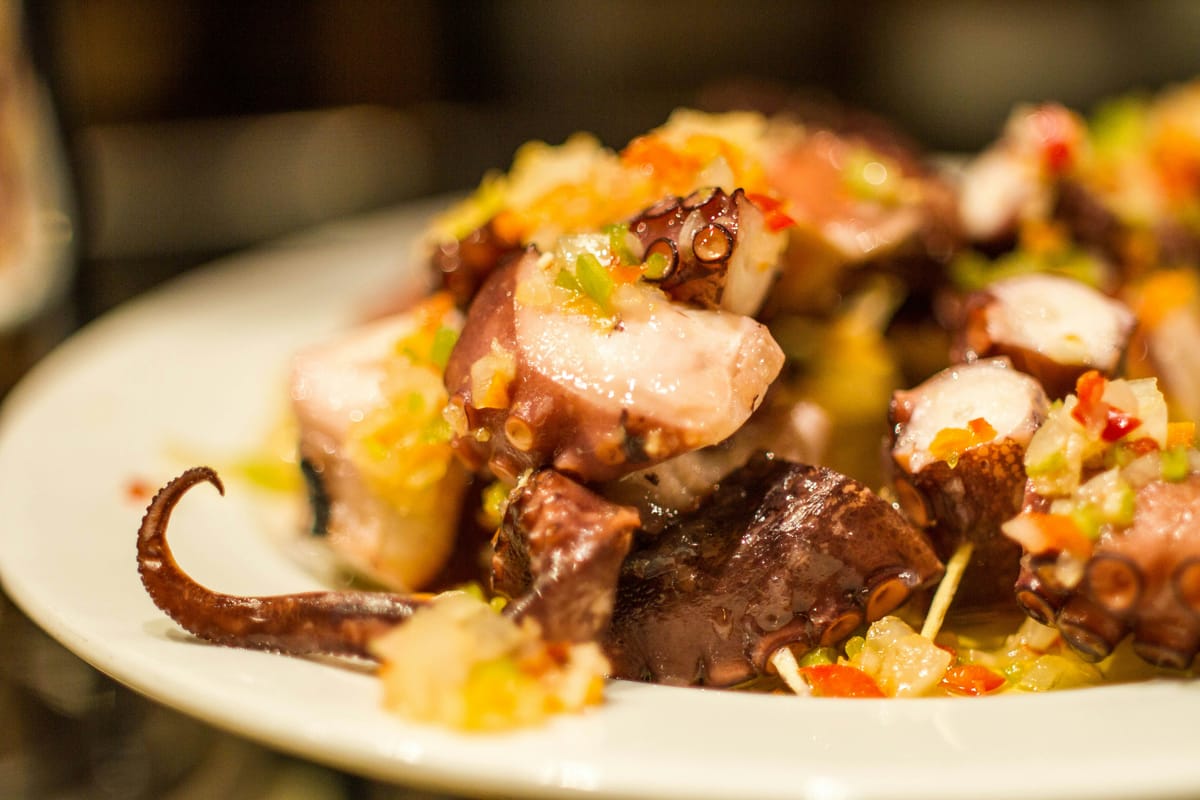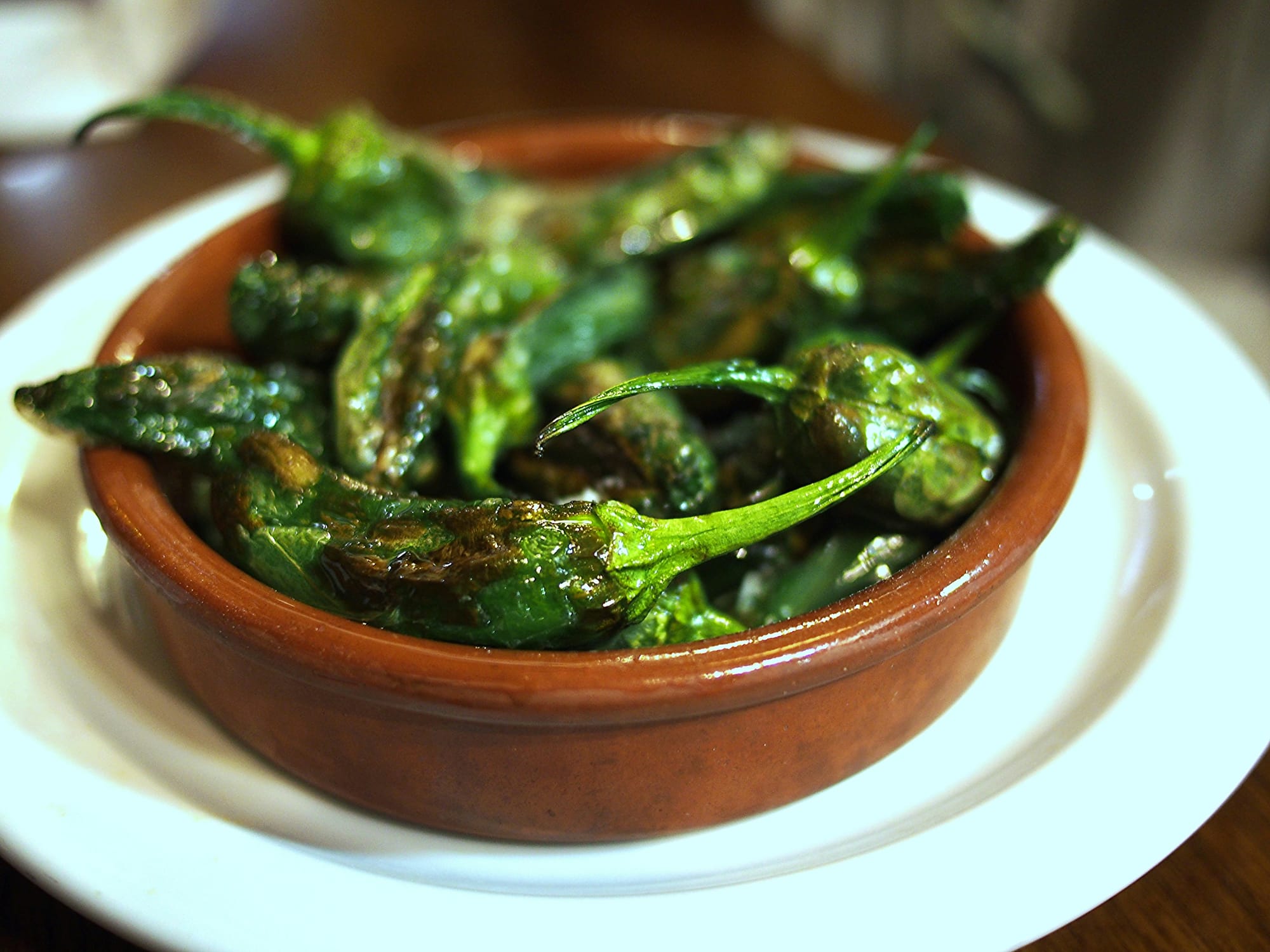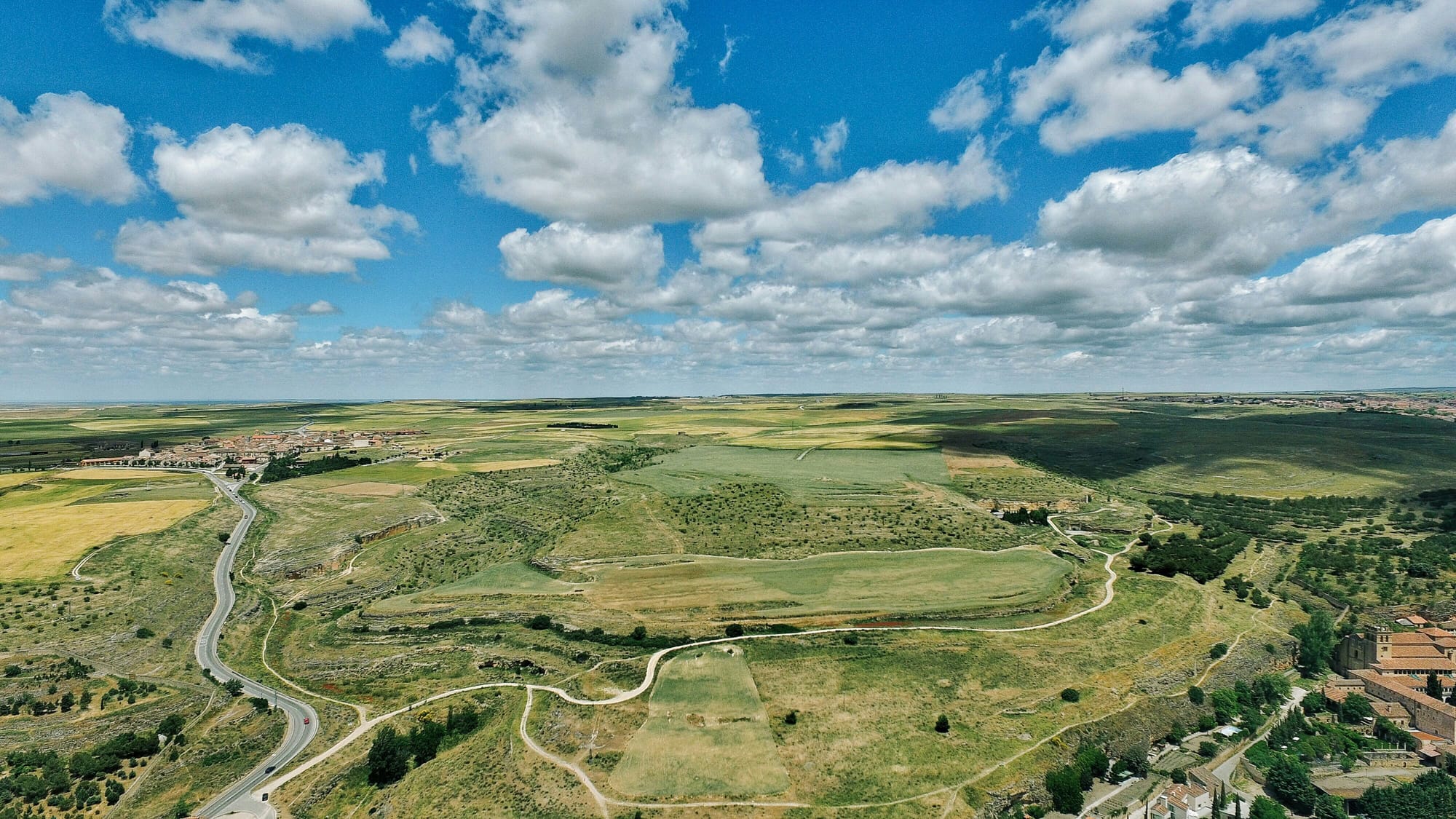What is the food culture of Spain like?
Explore Spain's vibrant food culture! Discover daily meal traditions, regional dishes like paella and tapas, and the joy of sharing meals with loved ones. A tasty dive into Spain's culinary delights!

To “really” understand the food of a country, you have to know about what the role of food is in that country? Why do people eat (besides survival)? What do they value when it comes to food?
In this short post, I'll highlight what food means to the Spanish. I'm definitely not an expert on this, because I'm from Northern-Europe, but this is my best attempt to paint a picture of the food culture in Spain.
What does food mean to the Spanish?
Food means family, social life, and being together with those that you enjoy being around. Eating is seen as an important social event. It's not rare to have a multi-course meal on holidays or weekends. It's definitely less common during the week, as time is often more limited due to school or work.
However, lunch (comida) is still a significant meal, as it's typically the biggest and longest meal of the day.
What does a typical meal look like during the day for the Spanish?
Typically, spaniards have 5 “meals” during the day:
- Desayuno (Breakfast): Around 7-9 AM, usually light, such as coffee with a pastry or toast.
- Almuerzo (Mid-Morning Snack): Around 10-11 AM, often a small sandwich or a tapa.
- Comida (Lunch): Around 2-4 PM, the largest meal of the day, can be a multi-course meal.
- Merienda (Afternoon Snack): Around 5-6 PM, could be a pastry, fruit, or small sandwich.
- Cena (Dinner): Around 9-11 PM, lighter than lunch and is typically tapas or another light dish.
As you can see, the meals are well spread out during the day, having the biggest meal in the afternoon.
The most common ingredients in Spanish food

The most common ingredients in Spanish food are among these items:
- Olive oil
- Garlic
- Tomatoes
- Paprika
- Peppers
- Onions
- Seafood (fish, shrimp, clams)
- Pork (ham, chorizo)
- Rice
- Potatoes
- Legumes (beans, chickpeas)
By using these ingredients, the typical Spanish dish is savory and quite hearty. There is a big focus on using fresh and flavorful ingredients in their dishes. Most Spanish foods aren't very spicy, but many of them do contain some type of paprika to add a different layer of flavor.
However, if you look at their most popular desserts, like churros, they're quite sweet, so it's a great contrast with the main course. The savory is contrasted by the sweet of the dessert.
The different drinks from around the country
If you weren't aware yet: Spain is a huge wine country. With the amount of sunlight and relatively high temperatures, it's the perfect growing conditions for grapes. Because of this, it shouldn't be a surprise that Spain has a few different types of popular types of wine:
- Wine: Spain produces a variety of wines, with regions like Rioja and Ribera del Duero being particularly famous.
- Sherry: A fortified wine from Andalusia, very rich and sweet.
- Cava: A sparkling wine from Catalonia, comparable to a drink like Champagne.
- Sangria or Tinto de Verano: Two popular fruity wine punches.
And, besides wine, coffee is one of the more popular drinks to have every day.
Spain is a large and varied country

Spain is quite a large country compared to many other European countries, so it shouldn't come as much of a surprise that every region has different types of food. These are some of the most well known Spanish foods and where they're from:
Catalonia has dishes like escalivada (roasted vegetables) and crema catalana (similar to crème brûlée), while the Basque Country is famous for pintxos (small snacks) and bacalao a la vizcaína (salt cod in a red pepper sauce).
Andalusia is well-known for gazpacho (cold tomato soup) and pescaíto frito (fried fish) and Galicia is famous for seafood, particularly pulpo a la gallega (Galician-style octopus).
Overall, it's quite clear that Spaniards prefer local ingredients to make amazing regional dishes. This is why you'll find completely different dishes in each region of Spain you visit. You'll find similar food culture, but with wildly varying dishes: As it should be.